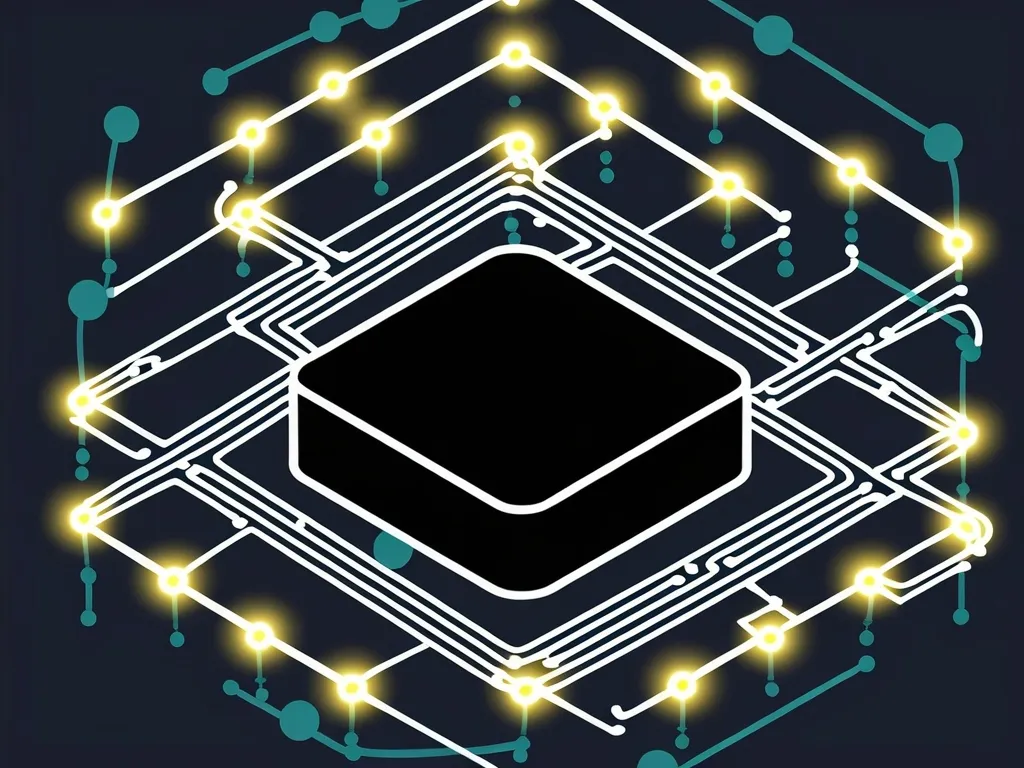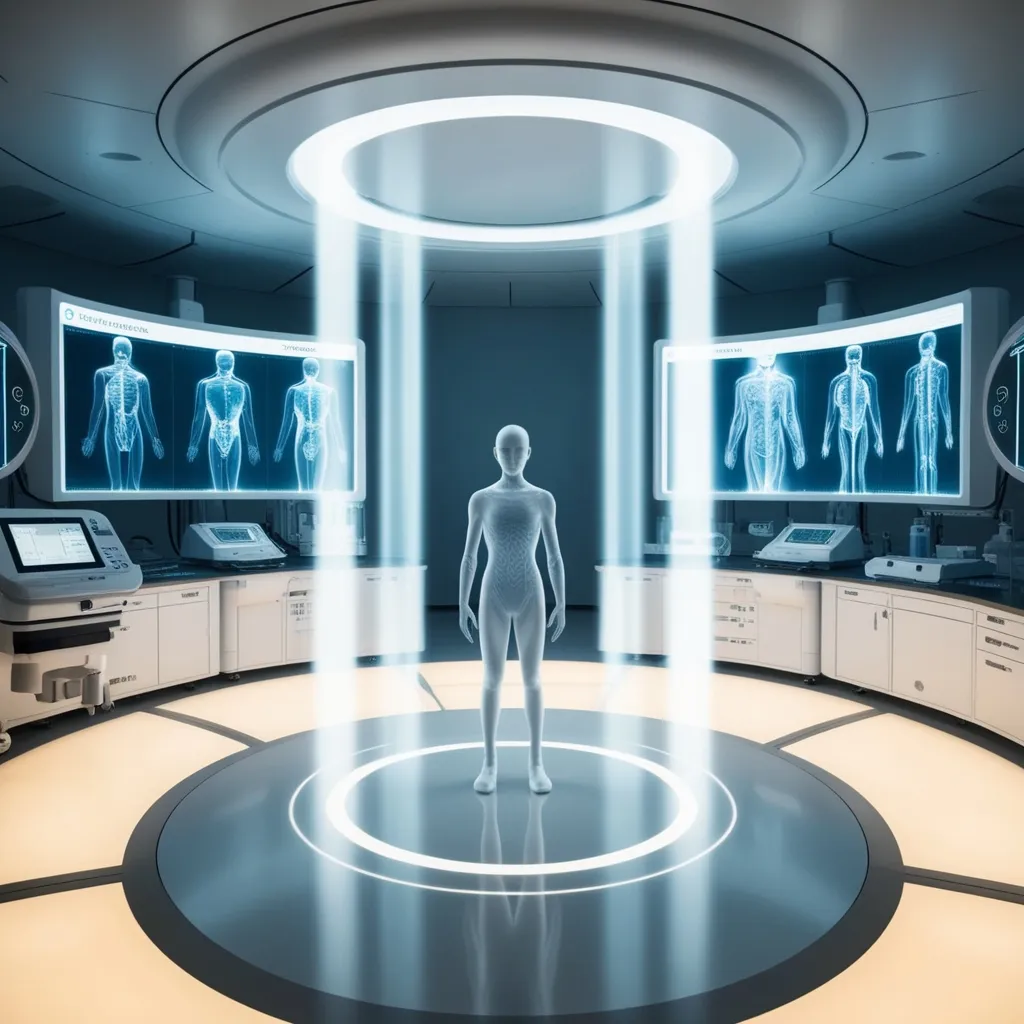As I delve into the realm of artificial intelligence, I find myself confronting a phenomenon that is both fascinating and unsettling: the “black box” of AI. These advanced systems, which are increasingly integral to our lives, operate in a way that is largely mysterious, even to their creators. They make decisions that impact everything from healthcare and finance to criminal justice, yet the inner workings of these decisions remain shrouded in obscurity.
Imagine a machine that can analyze vast amounts of data, learn from it, and then make decisions without revealing the logic behind those decisions. This is the essence of the black box problem in AI. These systems are not programmed with explicit rules; instead, they are fed enormous datasets that enable them to discern patterns and learn autonomously. However, this autonomy comes at a cost: the mechanisms driving their decisions are not transparent.
The term “black box” is apt because it evokes the image of a device that you can input data into and receive output from, but you cannot see or understand the processes occurring inside. This lack of transparency is a significant concern, especially when these systems are used in critical areas. For instance, if an autonomous vehicle makes a decision that results in an accident, it is challenging to determine why the system made that particular choice. Was it a flaw in the algorithm, a misinterpretation of the data, or something else entirely?
The black box problem is not just a technical issue; it also has ethical and safety implications. AI systems are now regularly used to make judgments about humans in various contexts, such as medical treatments, loan approvals, and job interviews. However, these systems can reflect and even amplify biases present in the data they are trained on. This means that an AI system might deny someone a loan or screen them out of a job interview based on biases that are not immediately apparent.
Researchers are actively working to demystify these black boxes. At Anthropic, a team led by Chris Olah has made significant strides in understanding the inner workings of large language models. They have developed a technique to identify groups of neurons within these models that correspond to specific concepts or “features.” For example, they discovered a feature in their model, Claude Sonnet, that represented the concept of “unsafe code.” By manipulating these neurons, they could either generate code with security vulnerabilities or ensure the code was innocuous.
This research is a step towards creating safer and more reliable AI systems. By identifying and manipulating specific features, researchers can potentially reduce bias and prevent the generation of harmful content. However, this is just the beginning. The complexity of neural networks, which consist of billions of artificial neurons, means that fully understanding these systems is still a distant goal.
The urgency to solve the black box problem is driven not just by scientific curiosity but also by regulatory and practical needs. The European Union, for instance, has mandated that companies deploying algorithms that significantly influence the public must provide explanations for their models’ internal logic. Similarly, the U.S. military’s Defense Advanced Research Projects Agency (DARPA) is investing heavily in a program called Explainable AI to interpret the deep learning that powers drones and intelligence operations.
Despite these efforts, the black box remains a significant challenge. Some researchers use tools like Local Interpretable Model-Agnostic Explanations (LIME) to understand how AI models make decisions. LIME works by creating subtle variations in the input data to see which changes affect the output. For example, if an AI model flags a movie review as positive, LIME might delete or replace words in the review to see if the model still considers it positive. While this can provide insights into specific decisions, it does not reveal the overall logic of the model.
The mystery surrounding AI decision-making has also sparked conspiracy theories. Some speculate that these systems could be manipulated by powerful entities or even develop their own agendas. While these theories are often speculative and lack concrete evidence, they highlight the deep-seated concerns people have about the control and influence AI could exert over human life.
As I ponder the implications of these black boxes, I am reminded of the generative adversarial networks (GANs) that can create synthetic images. These networks consist of two neural networks: one that generates images and another that tries to detect whether the images are real or fake. This back-and-forth process results in images that are increasingly realistic, yet they are created by a system that operates in a way that is not fully comprehensible to humans.
The quest to understand AI is akin to trying to decipher an alien language. Researchers are developing new disciplines, such as “AI neuroscience,” to probe the inner workings of these systems. They are using various techniques, from counter-factual probes to dictionary learning, to gain insights into how neural networks make decisions.
However, the journey is not without its challenges. Individual neurons within AI models can respond to a wide range of concepts, making it difficult to pinpoint their specific roles. For instance, a neuron might respond to concepts as diverse as semicolons in programming languages, references to burritos, or discussions of the Golden Gate Bridge. To overcome this, researchers have started examining groups of neurons that respond to particular concepts, a approach that has shown promise but is still in its infancy.
As we continue to navigate this digital labyrinth, we are faced with more questions than answers. Could AI systems be hiding secrets that could redefine control and influence over human life? Or are we chasing shadows amidst the data storm? The truth likely lies somewhere in between.
The progress made by researchers like those at Anthropic offers a glimmer of hope. By identifying and manipulating specific features within AI models, we may eventually be able to ensure that these systems are genuinely safe rather than just appearing to be so. However, this is a long-term goal, and the path ahead is fraught with complexities and uncertainties.
In the end, the black box of AI serves as a reminder of the dual nature of technology: it can be both a powerful tool and a mysterious force. As we delve deeper into the mind of machines, we must be prepared to confront both the wonders and the dangers that lie within. The journey to understand AI is not just about uncovering technical secrets; it is also about ensuring that these systems align with human values and do not become instruments of manipulation or control.
As I reflect on this journey, I am left with a sense of awe and trepidation. The black box of AI is a challenge that requires collaboration between scientists, policymakers, and the public. Together, we must strive to create systems that are transparent, safe, and beneficial to all. Only then can we truly harness the potential of AI without succumbing to the fears and conspiracies that surround it.






